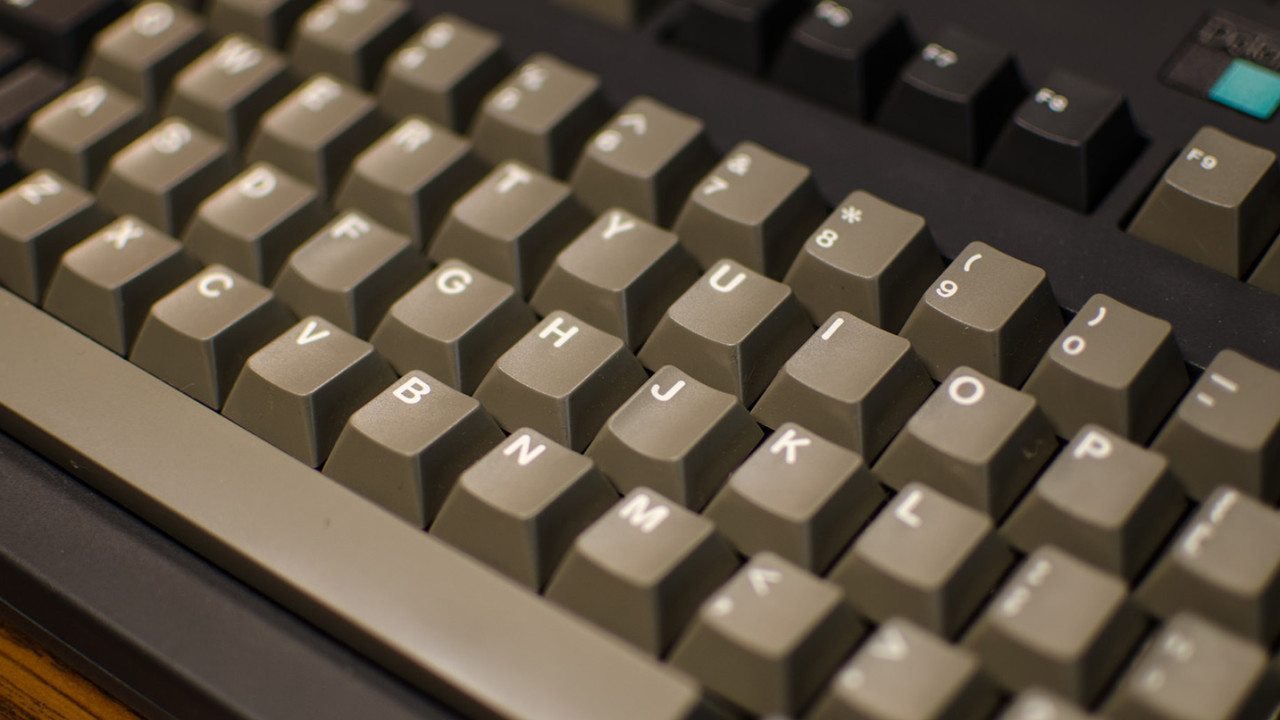I’ve spent more waking hours at a computer each day than at any other activity for the past 20 years, which means I’ve typed millions of words on keyboards by now.
However, it was only sometime last year that I was reminded about mechanical keyboards and how they’re better for typing than your standard issue desktop or laptop keyboards. I wondered why I was still using low-quality gear for the work that I do every single day.
So last Christmas, when our CEO generously offered the team a new Chromecast or some gadget of similar value, I decided to get a mechanical keyboard, seeing as how I already had the older version of Google’s streaming dongle plugged into my TV. Half a year later, I’m so glad I chose the keyboard.
I found an entry-level keyboard by a local brand here in India – a TVS Gold keyboard for under $30 (about Rs. 2,500) that was within my budget. If you care to spend more, you can spring for fancier ones that feature more ergonomic design and wireless connectivity or get custom keys to personalize your keyboard.
What’s so great about mechanical keyboards?
My TVS keyboard is as basic as they come – there are no multimedia keys, a spare USB port or even a palm rest. It’s just a plain ol’ hunk of plastic with 104 keys.
But spend a minute typing on it and you’ll start to see why I enjoy using this so much and don’t mind the lack of features.
All mechanical keyboards have switches beneath the keycaps, which offer significantly better tactile feedback than the membranes commonly used in most modern keyboards. The clicky sound and feel assure you that you’ve actually hit a key when you intended to.
Plus, it just feels a lot more comfortable and satisfying to type on. That’s important when you’re banging out a couple thousand words a day, every day. In contrast, my laptop’s keys offer very little travel, so I can’t always be sure if I’ve pressed a key or if my finger simply glided over it.
There are various types of switches available to suit your preference in feedback. For instance, my TVS keyboard has Cherry MX Blue switches, which are loud and offer moderate resistance; you can alternatively opt for ones that are silent or which are more resistant.

In addition to offering a better typing experience, I’ve also found that my accuracy has improved over the past few months. I make fewer mistakes while typing and playing games than before, which is certainly a plus.
Another benefit of these keyboards is that the switches are more durable than membranes, which means you won’t have to ditch yours in a couple of years. Plus, it’s easy to replace a broken switch or keycap on a mechanical keyboard.
If you’re looking to upgrade your workstation, I highly recommend trying out a mechanical keyboard. They might be a bit more expensive than your typical keyboard, but the improved experience is most certainly worth it.
Alright, I’m convinced. Which mechanical keyboard should I get?
If you’re wondering what different switches feel like and which one’s right for you, consider picking up this $10 tester which offers four of Cherry’s most common switches (the company is one of the largest switch suppliers to hardware manufacturers) for you to try out.
I’ve only tried a handful of keyboards in India, of which the TVS Gold is the most easily available and reasonably priced. If you’re in North America or Europe, you could look for Lifehacker’s top pick, the $140 Das Keyboard Model S. If you’re on a budget, you could check out these options from Monoprice, which start at $50.
Do you use a mechanical keyboard? Let us know which one and what you like (or hate) about it in the comments.
Get the TNW newsletter
Get the most important tech news in your inbox each week.





